
- For PC
- For MAC
- For Linux
- OS: Windows 10 (64 bit)
- Processor: Dual-Core 2.2 GHz
- Memory: 4GB
- Video Card: DirectX 11 level video card: AMD Radeon 77XX / NVIDIA GeForce GTX 660. The minimum supported resolution for the game is 720p.
- Network: Broadband Internet connection
- Hard Drive: 22.1 GB (Minimal client)
- OS: Windows 10/11 (64 bit)
- Processor: Intel Core i5 or Ryzen 5 3600 and better
- Memory: 16 GB and more
- Video Card: DirectX 11 level video card or higher and drivers: Nvidia GeForce 1060 and higher, Radeon RX 570 and higher
- Network: Broadband Internet connection
- Hard Drive: 62.2 GB (Full client)
- OS: Mac OS Big Sur 11.0 or newer
- Processor: Core i5, minimum 2.2GHz (Intel Xeon is not supported)
- Memory: 6 GB
- Video Card: Intel Iris Pro 5200 (Mac), or analog from AMD/Nvidia for Mac. Minimum supported resolution for the game is 720p with Metal support.
- Network: Broadband Internet connection
- Hard Drive: 22.1 GB (Minimal client)
- OS: Mac OS Big Sur 11.0 or newer
- Processor: Core i7 (Intel Xeon is not supported)
- Memory: 8 GB
- Video Card: Radeon Vega II or higher with Metal support.
- Network: Broadband Internet connection
- Hard Drive: 62.2 GB (Full client)
- OS: Most modern 64bit Linux distributions
- Processor: Dual-Core 2.4 GHz
- Memory: 4 GB
- Video Card: NVIDIA 660 with latest proprietary drivers (not older than 6 months) / similar AMD with latest proprietary drivers (not older than 6 months; the minimum supported resolution for the game is 720p) with Vulkan support.
- Network: Broadband Internet connection
- Hard Drive: 22.1 GB (Minimal client)
- OS: Ubuntu 20.04 64bit
- Processor: Intel Core i7
- Memory: 16 GB
- Video Card: NVIDIA 1060 with latest proprietary drivers (not older than 6 months) / similar AMD (Radeon RX 570) with latest proprietary drivers (not older than 6 months) with Vulkan support.
- Network: Broadband Internet connection
- Hard Drive: 62.2 GB (Full client)
The Mitsubishi Ki-109, nicknamed “Peggy” by allied forces, was a Japanese late war design intended to defend the home islands from high altitude bombing raids, conducted by the USAF. Although its operational service was short-lived, the Ki-109 will receive a second chance at proving what it’s capable of in the upcoming 1.71 update.
In 1943, the decision was made to develop a new heavy fighter/interceptor based on the existing Ki-67 bomber. The new design was part of Japanese efforts to counter strategic high-altitude bombing conducted by heavy US bombers, such as the B-29 Superfortress, on the Japanese home islands. To achieve this, Mitsubishi engineers proposed the installation of the 75mm Type 88 anti-aircraft cannon inside the aircraft’s nose. The project, designated as Ki-109, was approved in early 1944 and the first two prototypes were already completed in late summer of the same year.
However, as initial testing showed that the aircraft was lacking speed due it’s high mass, measures were taken to remove unnecessary equipment in order to save on weight. During this process, the Ki-109 lost most of its defensive turrets and only retained the one located in the tail section. Another attempt to improve the aircraft’s speed was the intended installation of the new, more powerful Ha-104ru engines in the following production batch, however this idea was quickly dropped due to the engine having reliability issues, thus production continued with the standard Ha-104 engines.
In March of 1945, 22 Ki-109s were delivered to the 107th Sentai unit, which was tasked with protecting the strategically important cities of Tokyo and Yokohama from air raids. In July, only a few months before the War came to a close, the 107th Sentai was formally disbanded, leaving behind some Ki-109s to be tested for effectiveness against ships, this also marking the end of the aircraft’s operational service.
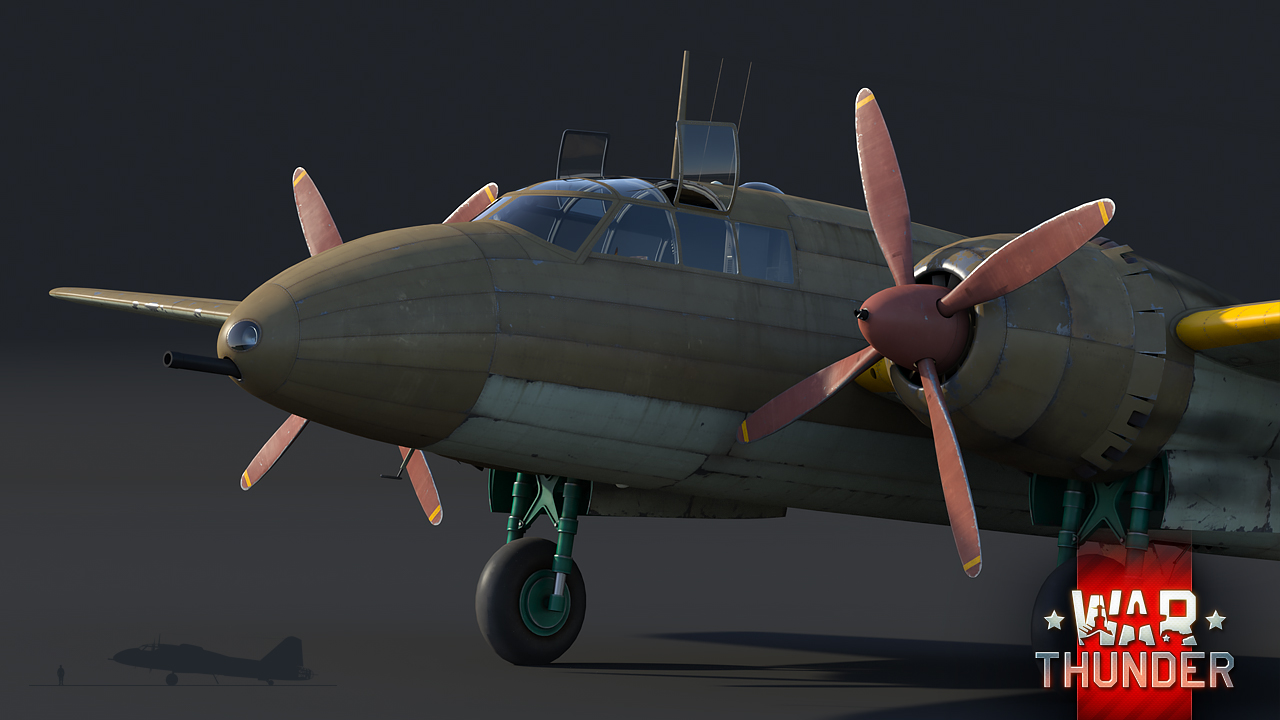 |
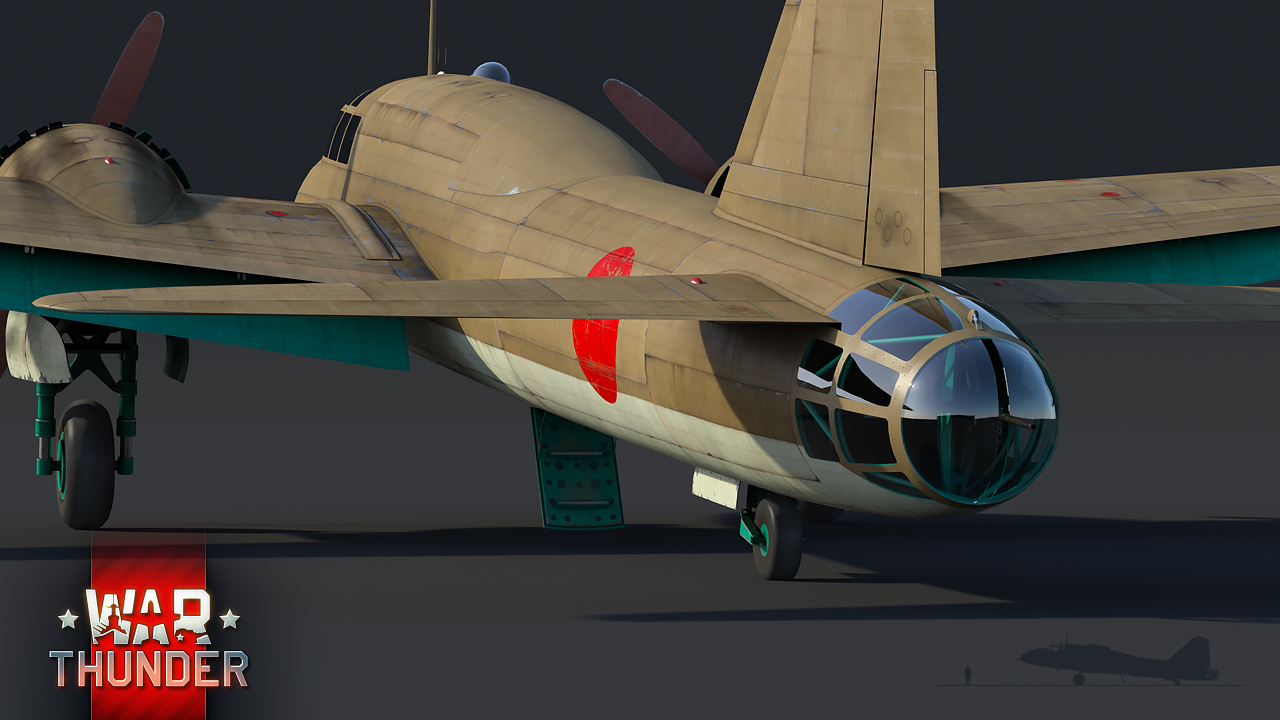 |
Although historically the Ki-109 only saw limited use at the end of the War where it was defending the Japanese home islands, in War Thunder, our battle-hardened veterans will also have the chance to take the fight to the enemy and truly show what the Peggy is capable of! Being relatively fast and nimble for it’s size, while possessing a monstrous 75mm anti-air cannon, makes the Ki-109 present itself as not only a serious threat to enemy bombers, but also to unsuspecting fighters.
Contrary to his older brother, the Ki-109 is unable to carry any additional secondary weaponry as the bomb pylons, along with most of the defensive turrets, had to be removed in order to save on weight, allowing for the installation of the the Type 88 75mm cannon. The cannon makes short work of just about anything that crosses its line of fire, from heavy bombers to heavy tanks.
Download Wallpaper: 1280x1024 | 1920x1080 | 2560x1440
While the HE shells prove to be absolutely devastating against aircraft and lightly armored vehicles, where one hit is usually more than enough to send the opponent back to the hangar, the AP rounds have enough penetrating power to slice through the armor of even the more thick-skinned enemy tanks that the Ki-109 will meet in battle. This, combined with the favorable flight performance and stability when firing, make the Ki-109 a very potent and fearsome opponent to meet in an aerial engagement.
However, aspiring pilots of the Ki-109 need to take into account that their only frontal armament, the 75mm cannon, has a very limited ammo capacity of only 15 rounds. Efficiency is the name of the game here, meaning that the pilots of this machine will have to chose their engagements carefully and only fire when a hit is guaranteed, otherwise they run the risk of running dry on ammo without doing any damage.
The Ki-109 will join the ranks of the Japanese heavy fighter line in the intermediate ranks in the upcoming update 1.71. Although the history of this aircraft may not have been as significant as of others, the mark that the 75mm cannon will leave on your opponent's vehicle is sure to be everything but insignificant.
Check our previous devblogs:
The War Thunder Team
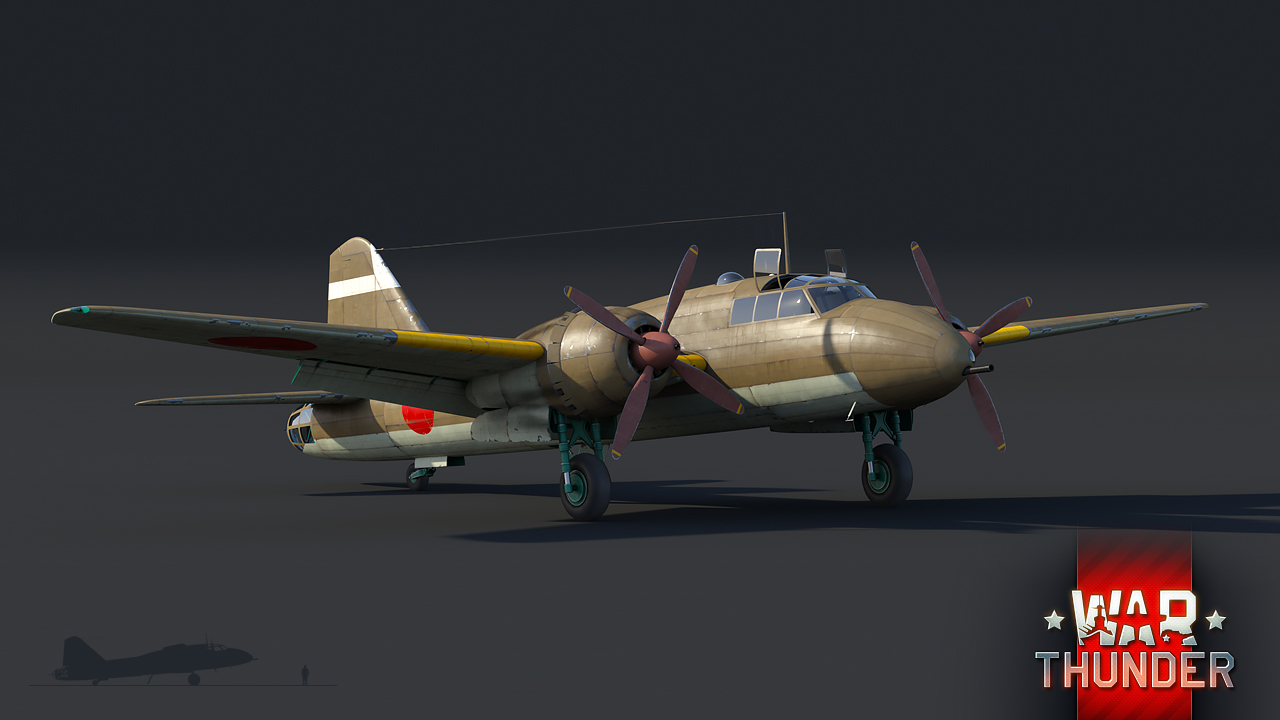
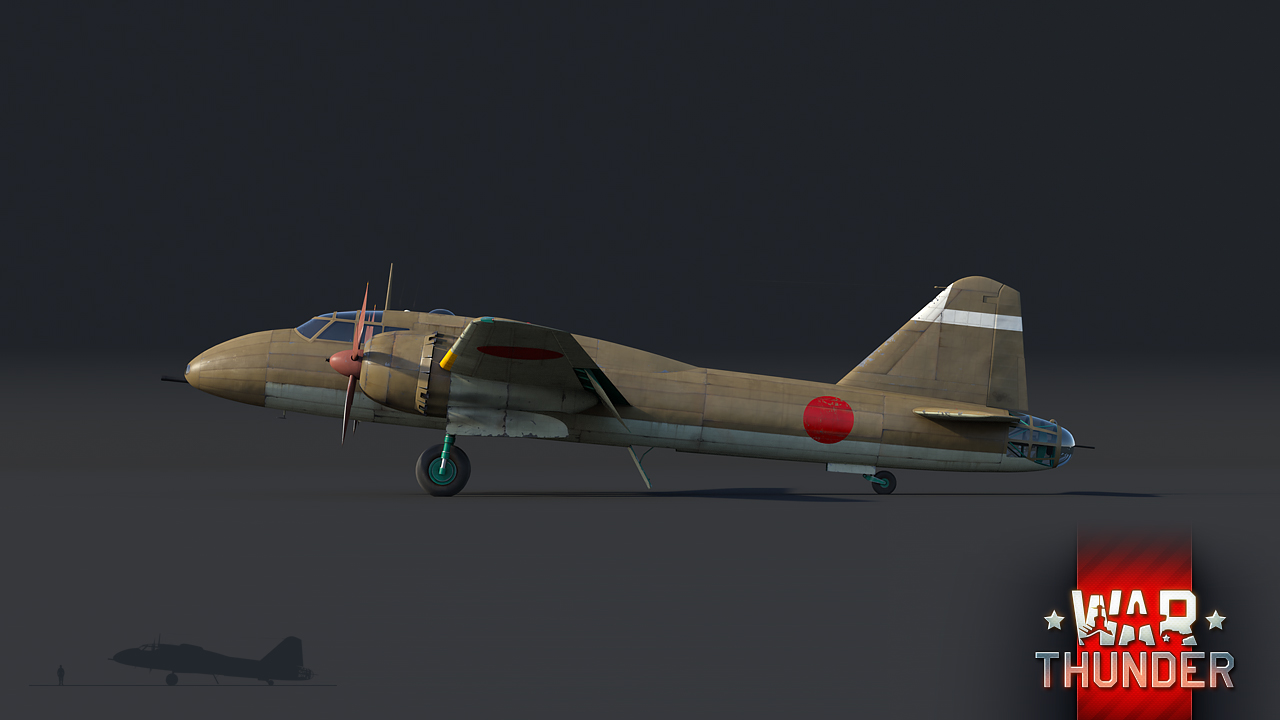
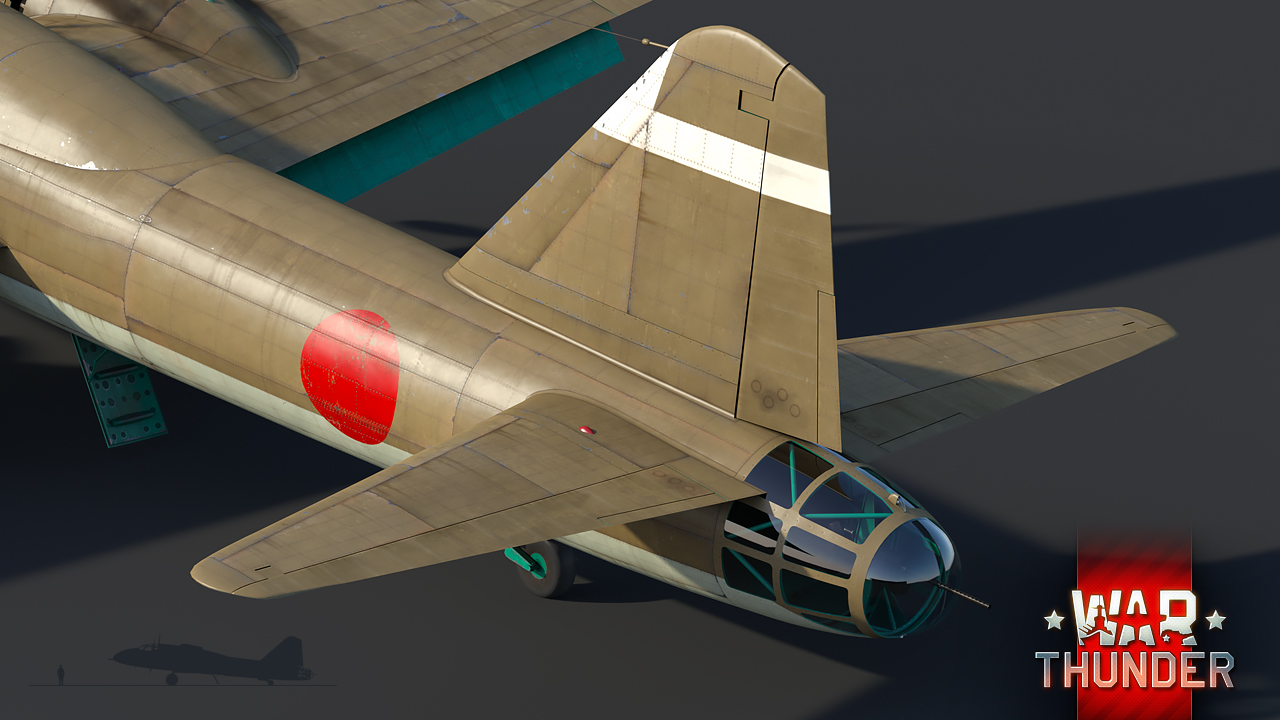

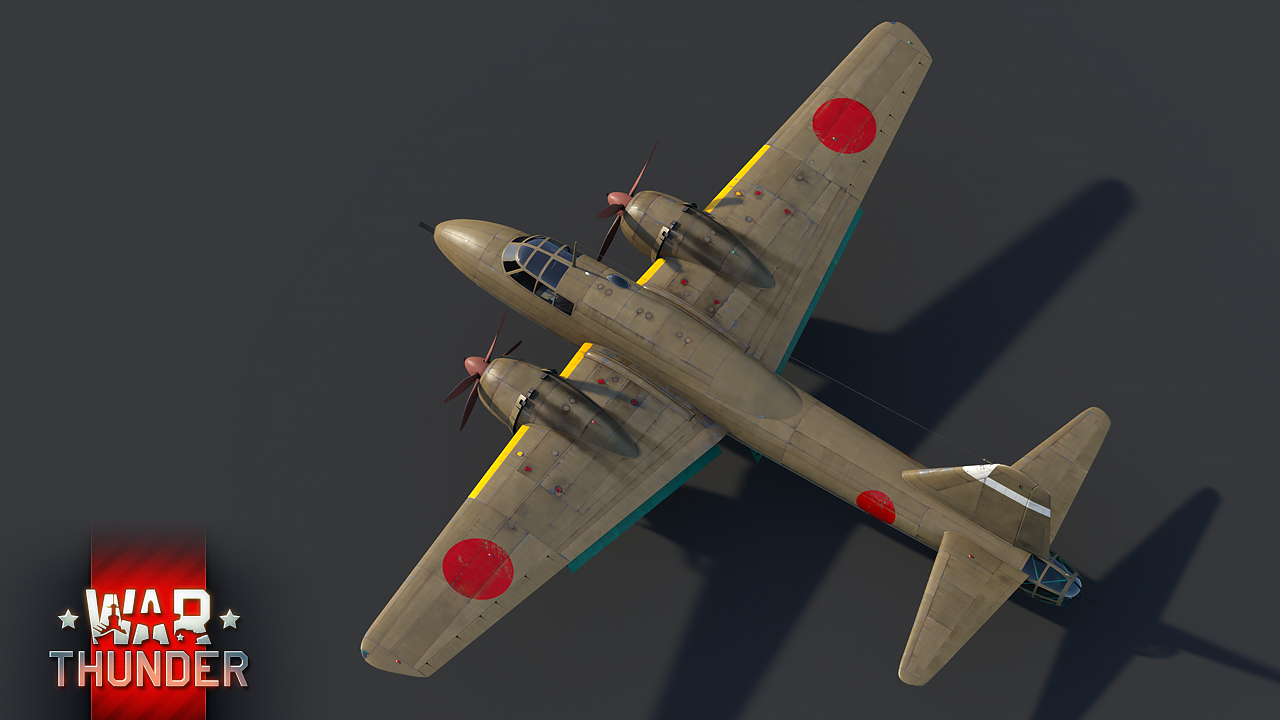

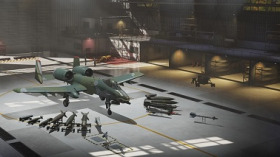
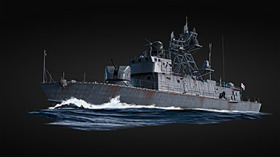
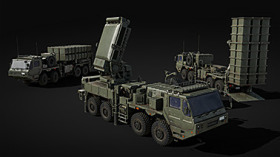
Comments (105)
Damn. That was unexpected. Looks really cool!
give japan ho-ri series so they can have more TD
Never built. Never welcomed.
Kulcsos12, This argument is not valid anymore, we have multiple prototypes in the game and even some paper vehicles so it`s possible
Ayy.... Send Sturmtiger and I.A.R 80/81 and I will give you my soul and money to great comrade gaijin and make you Honorabru as possible
When will a new jet be released :(
Thanks for this Gaijin but when are you going to release new jets for tier 5 and tier 6? Like I said before, you can add tier second generation jets for tier 6 since the early missiles they used had failures and were hard to aim plus they had cannon armament. For tier 5, Italy needs more jets such as the G.80, G.82, G.91R/3 (yes it was used by Germany but it's of Italian origins and Italy's tree needs it more), Aerfer Sagittario II, Aerfer Ariete and Italian license-built Vampire FB.6.
Westland Whirlwind please please please!
So gaijin gave us a bomber that has been turned into a bomber hunter... I see It would be good at that since its a bomber its durable against mg fire. But it wont be able to climb to that altitude unless it gets a bomber spawn either way I see it as a free kill.
War Thunder 1.71 : Modern tanks and Heavy fighters... This update is disapointing so far...
The tier 6 tanks we're getting are not that modern. Why are they disappointing?
just as i expected. they finally delivered it... took their sweet time
Fantastic. Thank you, Gaijin! Will we be getting more attackers, dive bombers and torpedo bombers for Japan in 1.71?
Submit a complaint